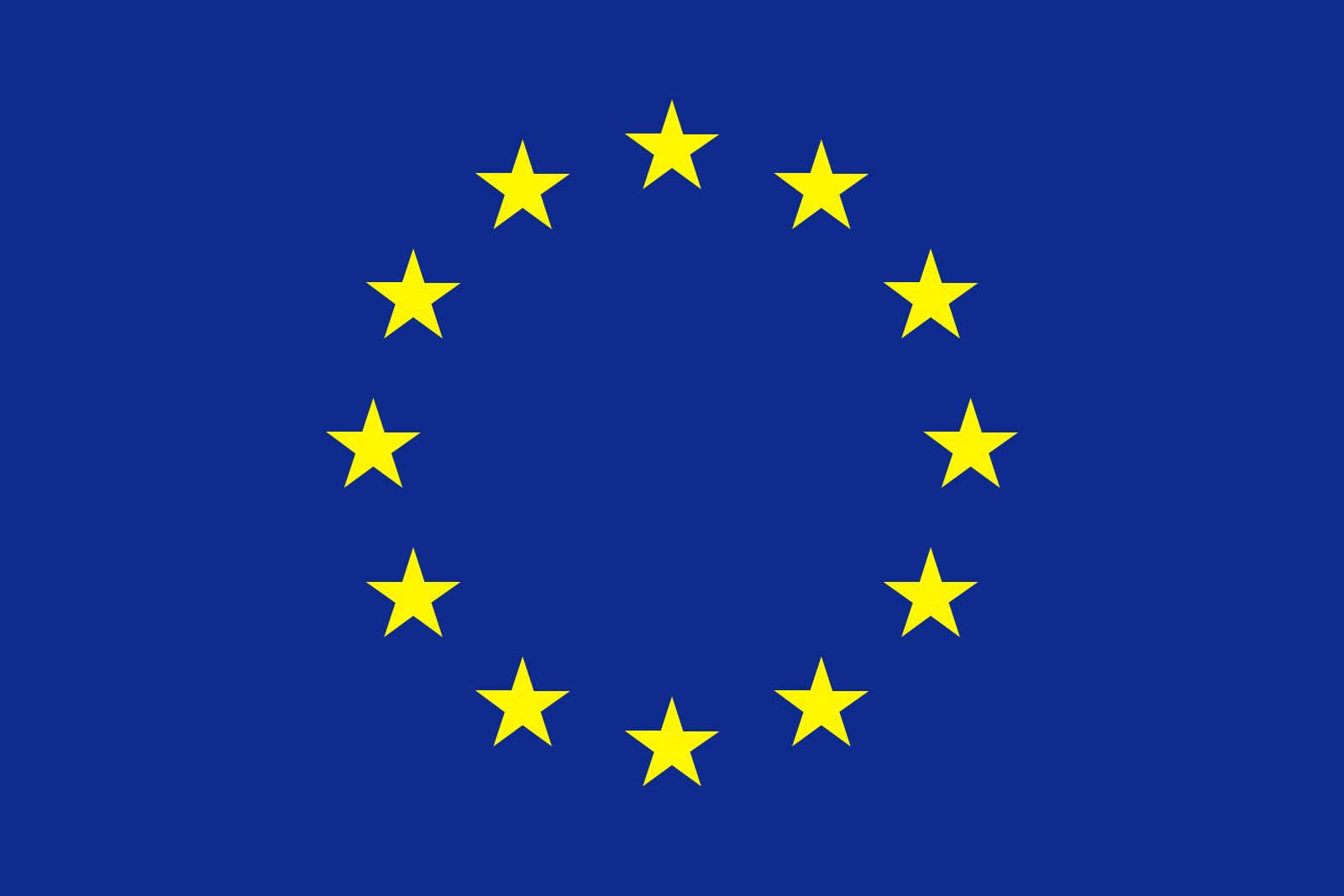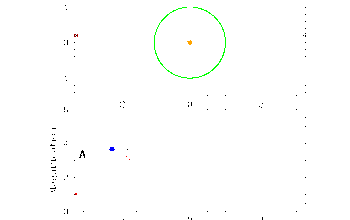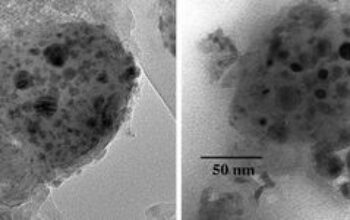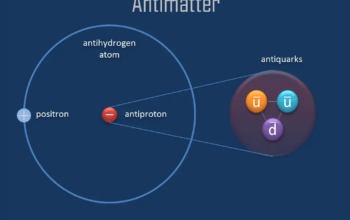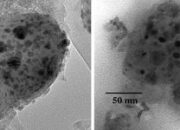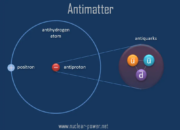The ongoing discourse between the European Union (EU) and the United States (US) regarding atmospheric testing represents a confluence of scientific inquiry and political deliberation. As the stakes rise concerning climate change and environmental degradation, these two powerhouses find themselves embroiled in a multifaceted confrontation that encompasses regulatory frameworks, scientific research methodologies, and geopolitical maneuvering.
The genesis of the friction lies in differing methodologies employed by the EU and the US concerning atmospheric testing and monitoring. The EU has advocated for comprehensive regulations that align with international climate accords, emphasizing the necessity of stringent measures to mitigate environmental impacts. In contrast, the US has often favored a more laissez-faire approach, advocating for technological advancements without rigid constraints. This divergence in strategic direction has cultivated an atmosphere of intellectual dissonance, complicating collaborative efforts.
At the heart of this conflict is the paradigm of scientific experimentation itself. The EU’s approach often emphasizes precautionary principles—where the potential repercussions of atmospheric interventions are carefully scrutinized before implementation. This stance stems from a commitment to sustainable practices and public health, underpinned by research that foregrounds the long-term effects of atmospheric manipulation. European scientists frequently utilize comprehensive models that predict potential outcomes of various atmospheric alterations, and their findings are integral to shaping regulatory policies.
Conversely, US methodologies are frequently characterized by rapid innovation and experimentation. This ambitious approach, while laudable for its focus on technological advancement, raises pertinent questions regarding ethical standards and environmental consequences. The American propensity for trial-and-error in atmospheric testing can be perceived as a double-edged sword. It hastens the development of potential solutions to pressing environmental issues but also invites the risk of inadvertent ecological disruption.
Moreover, the political consequences of these differing methodologies cannot be overstated. In the EU, public sentiment often aligns closely with environmental advocacy, influencing policymakers to prioritize ecological integrity over economic expediency. This socio-political landscape fosters robust support for stringent environmental safeguards. In stark contrast, the US political framework exhibits a complex interplay of interests. Lobbyists representing industrial sectors frequently exert considerable influence over legislative processes, thereby complicating efforts to foster cohesive climate policies. This dynamic engenders skepticism and contention regarding environmental regulations.
The contention between the EU and the US further extends to the realm of international agreements. The Paris Agreement serves as a pivotal focal point in this dialogue, illuminating the contrasting priorities of the two regions. The EU has committed itself to ambitious climate targets, resolutely supporting the goals of the Paris Agreement as a pathway toward sustainable development. In juxtaposition, the US has exhibited a wavering commitment to international accords, oscillating between engagement and withdrawal in response to changing administrations. This inconsistency in policy not only undermines global climate efforts but also strains transatlantic relations, as the EU seeks to hold the US accountable to its international obligations.
Scientific communities in both the EU and the US are not impervious to the broader political climate. The polarization of climate science, often exacerbated by partisan politics, has manifested in a heightened scrutiny of scientific findings. EU researchers generally benefit from institutional frameworks that promote collaborative research initiatives, enhancing the sharing of data and resources. In contrast, American scientists often navigate a landscape marked by funding constraints and political pressures, which can stymie research endeavors or skew public perception of scientific evidence.
This discord also permeates the discourse surrounding innovation in atmospheric testing. Both regions advocate for the development of geoengineering technologies, which aim to manipulate the Earth’s climate to mitigate the impacts of climate change. However, the underlying ideologies that shape these technological aspirations diverge. EU proponents tend to approach geoengineering with cautious optimism, stressing the importance of ethical considerations and long-term ecological impacts. Conversely, certain segments in the US may approach geoengineering with unbridled enthusiasm, prioritizing technological advancement over environmental stewardship. This philosophical rift highlights a deeper cultural divergence regarding humanity’s role in relation to nature and the ethical implications of technological interventions.
As these tensions persist, the potential for cross-fertilization between scientific communities in the EU and US endures as a beacon of hope. Opportunities for collaboration and dialogue exist, particularly in arenas related to shared scientific endeavors and joint research initiatives. Engaging in open forums, scientific conferences, and collaborative projects can serve to bridge the divide by cultivating a mutual understanding of differing perspectives and fostering innovative solutions to common challenges.
In conclusion, the interplay between atmospheric testing discourse and political machinations illustrates the complex relationship between science and policy. The EU’s advocacy for precautionary principles and regulatory frameworks often contrasts sharply with the US’s innovation-driven ethos. As the ramifications of climate change become increasingly dire, the imperative for alignment and cooperation between these two regions grows ever more critical. Through fostering open communication and collaborative research, there is a potential avenue to harmonize these opposing viewpoints, ultimately advancing the global pursuit of a sustainable and equitable future.
